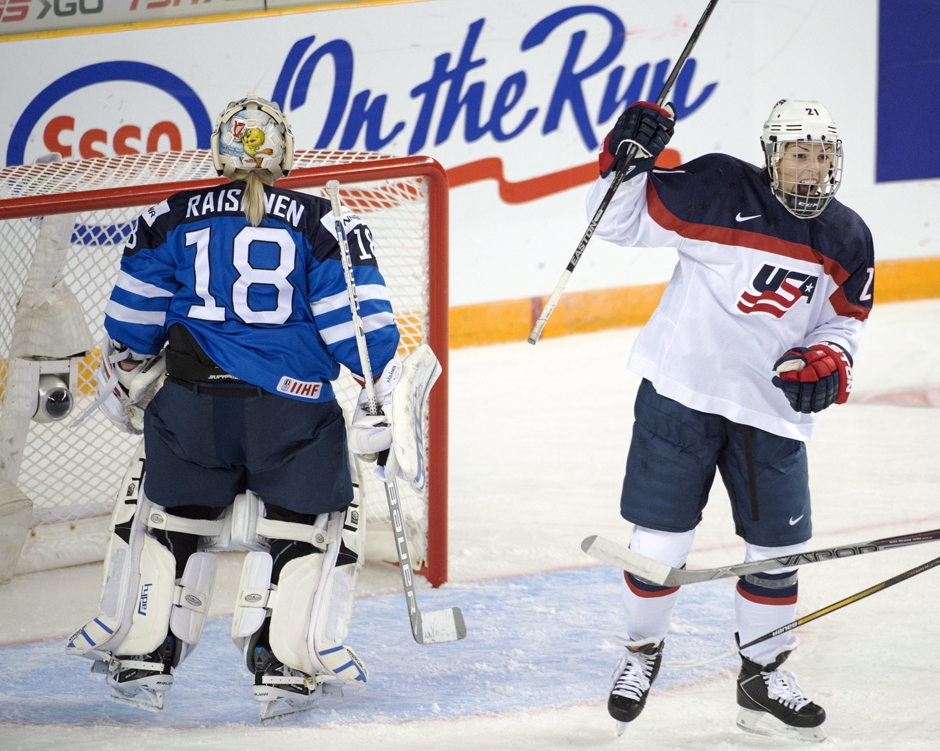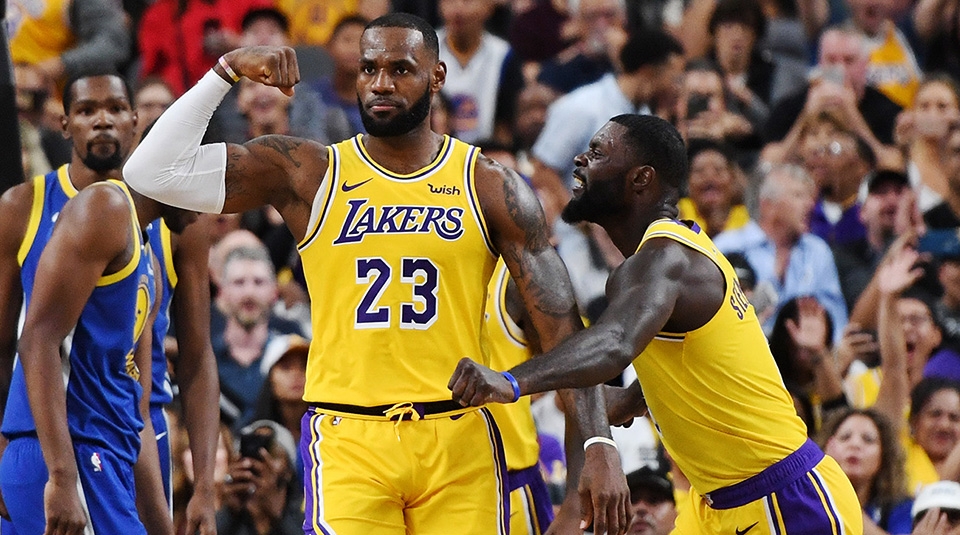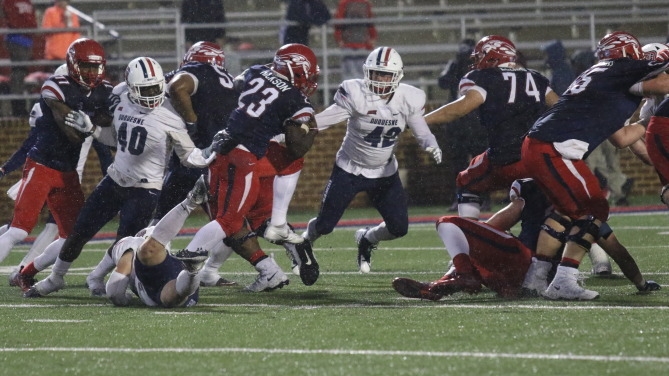

By Bryanna McDermott | Asst. Photo Editor
The United States women’s national ice hockey team is fighting, and this time, it’s not for puck possession.
Instead, some of the best female hockey players in the world are fighting for support, livable wages and better opportunities for themselves and future generations.
On March 15, members of the U.S. women’s national team declared that they would be boycotting the 2017 International Ice Hockey Federation (IIHF) World Championship, which is set to begin on March 31, unless they can reach an agreement with USA Hockey for increased wages and support.
These women aren’t asking for much.
The players are looking for a 4-year deal to help boost wages to cover costs for the 3-and-a-half years around the Olympics, including increased travel and insurance benefits. There is also a push for more competitive games during non-Olympic years and more investment in female hockey programs and development opportunities.
People often get caught up in the money. Why should the women receive the same wages as the men when the women’s team generates less revenue?
But the women aren’t even asking for equal pay; they’re asking for livable wages. Right now, these ladies are paid a $1,000 stipend per month by USA Hockey during the six-month Olympic residency period every four years.
It’s important to note that USA Hockey doesn’t employ any players, male or female; instead the organization offers stipends in accordance with the U.S. Olympic Committee. So the women aren’t asking for a salary, but merely higher stipends.
Outside of Olympic years, the players are forced to both train like world-champion athletes and work odd jobs to live and remain competitive.
In comparison, the Associated Press reported that Hockey Canada pays its’ women players between $900 and $1,500 per month depending on their level of seniority, and that’s during non-Olympic years. For a nine-month period around the Olympics, the Canadian women’s team is fully supported financially.
The U.S. women’s national team is one of the best female ice hockey programs in the world. They have won 22 medals between both the Olympics and the World Championship, the same exact number as the men’s squad. However, women’s hockey wasn’t added to the Olympics or given a world championship until the 1990s.
Also, the U.S. women are currently looking for their fourth-consecutive gold medal at the World Championship, while the men haven’t won gold since 1933.
These women are impeccable athletes; they deserve support from the organization they represent. Time-and-time again they have proven their capability to perform and win championships; it’s time for USA Hockey to give a little more back to the athletes.
It’s obvious that women’s hockey doesn’t bring the same crowd or revenue as the men, but perhaps with more support and opportunities they can bridge the gap. After all, you get what you put into things.
That’s why the U.S. women’s hockey team isn’t just fighting for themselves but for future generations to have equal opportunities as male players, including more developmental programs to help bring girls from across the country together to grow the sport.
Go to almost any ice rink across the country, and you can see for yourself that the support for female teams is far inferior to that of their male counterparts.
If they are lucky enough to even have a female team.
USA Hockey recorded $42.37 million in revenue during the 2015-16 fiscal year, over half of that number came from membership fees—$26.5 million to be exact— which is the same price for both male and female members.
If these athletes pay the same membership fee, why can’t they be given the same opportunities and support?
After key players announced the boycott, USA Hockey released a statement proclaiming that the organization has always been at the forefront of promoting women’s hockey and already provides equal support to both the men and women who represent the country.
They also stated that they will field a competitive women’s team regardless of the boycott’s outcome.
USA Hockey made it very clear that this boycott is just a minor inconvenience that can be solved by finding random players willing to accept inequality for the sake of passion.
With that statement, USA Hockey let it be known that every time a girl laces up her skates, she is not as valuable as the boy who practiced on the same ice just an hour before her, or her male teammate, or her brother who taught her how to skate.
No matter how hard a girl works or how great of a player she becomes, she is not worth the investment of the very organization she plays her heart out for every single game.
And it’s time for that to change.
The U.S. women’s national ice hockey team is going to make sure that changes.




